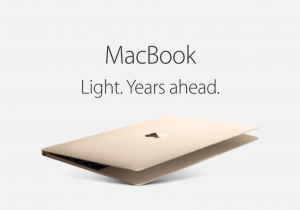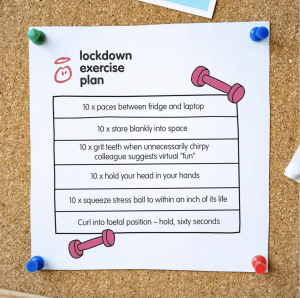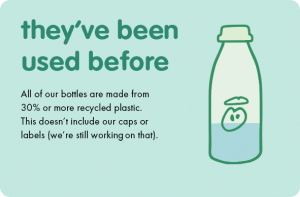by Cara Bendon, branding and marketing specialist; Founder, Cara Bendon Brand Consultancy
If you’ve ever laughed at a funny advert or felt like a brand just gets you on social media, then you’ve experienced the difference that language can make. The words you use and the tone of them can have a big impact – but you’re an entrepreneur, not a writer, so how can you ensure the way your write connects with your audience? By defining your tone of voice.
Let’s take a look at a few examples.
APPLE

For Apple, less is more & their language is always clever and confident. They use short sentences for impact and to convey their self-assurance and tend to make big outlandish claims about the future. Essentially, they write as if they know the secret to everyone’s problems, and because they communicate with such boldness they inspire curiosity for their products.
INNOCENT

Innocent’s tone of voice couldn’t be more different from Apple’s – they don’t take themselves seriously at all and manage to make even quite ‘serious’ copy on their website and about their products witty. They put a lot of energy into generally trying to make people smile with a tone of voice that is humorous, relatable and transparent (which obviously suits their brand name and company ethos).

THIS GIRL CAN
This campaign by Sports England uses language and imagery together very powerfully to challenge stereotypes about women and sport. Their tone is confident, resilient and relatable – they achieve this by phrasing copy in the first person (‘My’ and ‘I’) which connects the language to the woman pictured. They also turn well known phrases on their head to show that they want to subvert judgements about womens’ bodies.

Established brands all have rules for their brand – how to use their logo, and what language they do and don’t use – and that helps their communication sound consistent and ‘on brand’.
